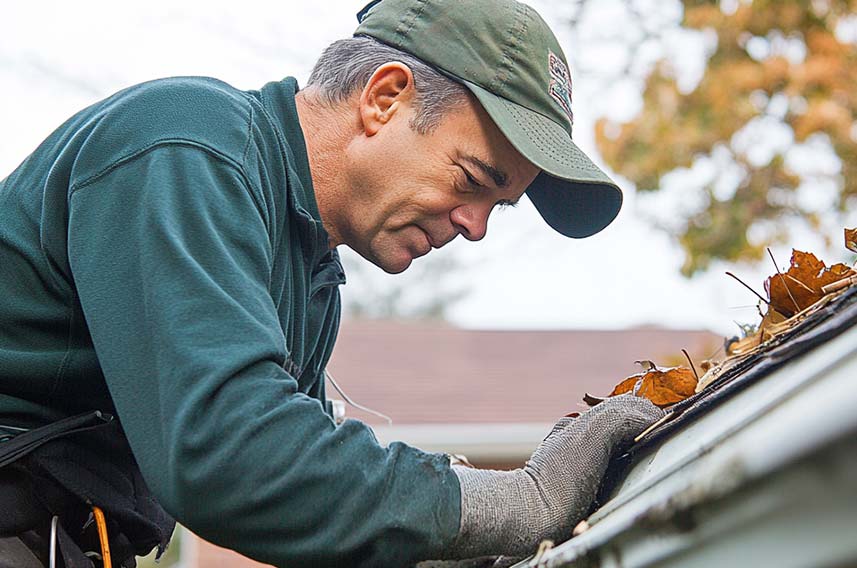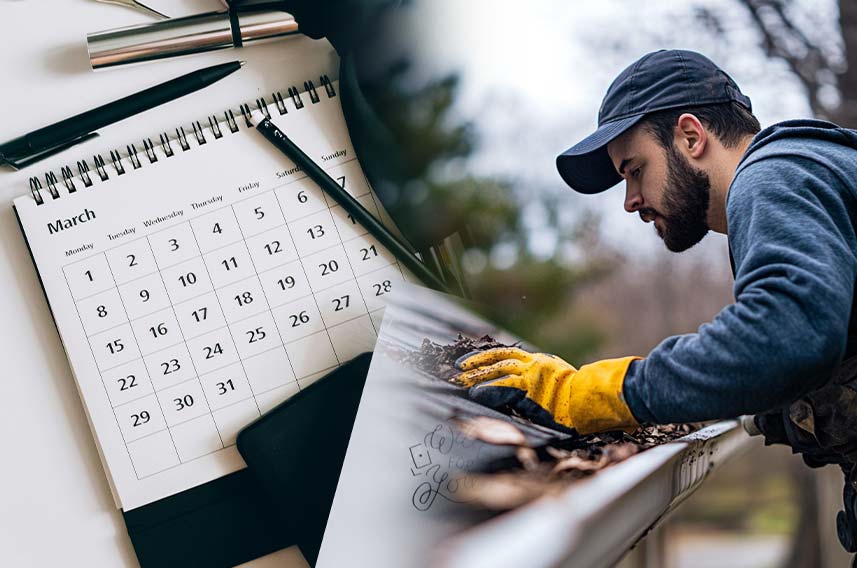Tel: 01474 876800 • Client Portal
- Who We Are
- What We Do
- Build
- Carpentry
- Building Works
- Commercial Flooring
- Commercial Glazing
- Commercial Locksmith
- Commercial Painting & Decorating
- Commercial Plastering
- Commercial Plumbing
- Commercial Refurbishment
- Commercial Roofing
- Design & Construction
- Electrical Installation
- Hard & Soft Landscaping
- Mechanical & Electrical
- Office Builders
- Office Fit Outs
- Office Heating
- Office Partitioning
- Office Relocation
- Site Management
- Maintain
- 24 Hour Helpdesk
- Access Control
- Air Conditioner Repair
- Air Conditioning Servicing
- Commercial Boiler Servicing
- Commercial Electricians
- Commercial Ground Maintenance
- Commercial Pest Control
- Commercial Property Maintenance
- Drain Unblocking
- Emergency Callouts
- Emergency Light Testing
- Facilities Management
- Fire Alarm Testing
- Fire Extinguisher Testing
- Fire Sprinkler Testing
- Fixed Wire Testing
- Handyman Service
- Lift Servicing
- Office Health & Safety
- PAT Testing
- Planned Preventative Maintenance
- Reactive Maintenance
- Roof Maintenance
- TMV Maintenance
- Water Hygiene
- Clean
- Build
- How We Do It
- Why Use Us
- Contact
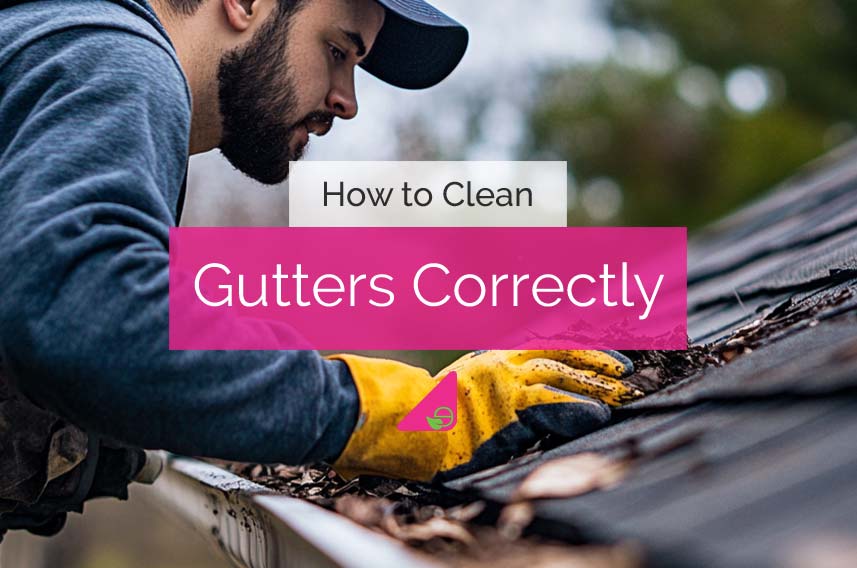
How to Clean Gutters Correctly
‘How to clean gutters’ is a common question with regards to house maintenance.
Cleaning your gutters is an essential home maintenance task that should not be overlooked.
Clogged gutters can lead to serious problems, such as water damage, mould growth, and pest infestations.
Regular cleaning helps ensure proper drainage and protects your home’s foundation.
This article will walk you through the steps to clean your gutters correctly and safely.
By following these simple instructions, you can maintain your gutters and prevent costly repairs.
Whether you’re a seasoned DIYer or a first-time homeowner, understanding how to clean gutters will keep your home safe and dry.
Table of Contents
What You Will Need
Before you start cleaning your gutters, it’s crucial to gather all the necessary tools and supplies.
Having everything ready will make the process smoother and more efficient.
Here’s a comprehensive list of what you’ll need:
Ladder
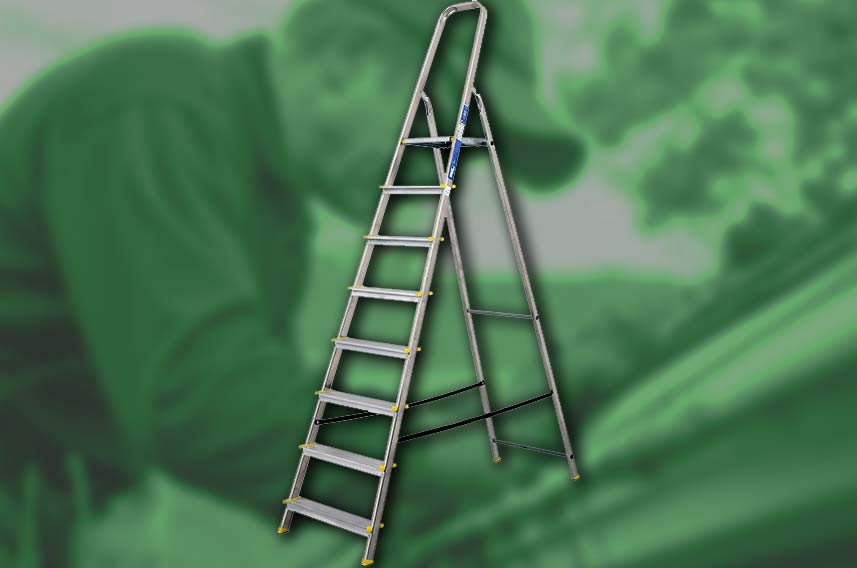
A sturdy ladder is essential for safely reaching your gutters.
Make sure it’s tall enough to access the gutters without stretching too far.
Gloves

Heavy-duty gloves are vital for protecting your hands from sharp debris and rough surfaces while you clean.
Trowel
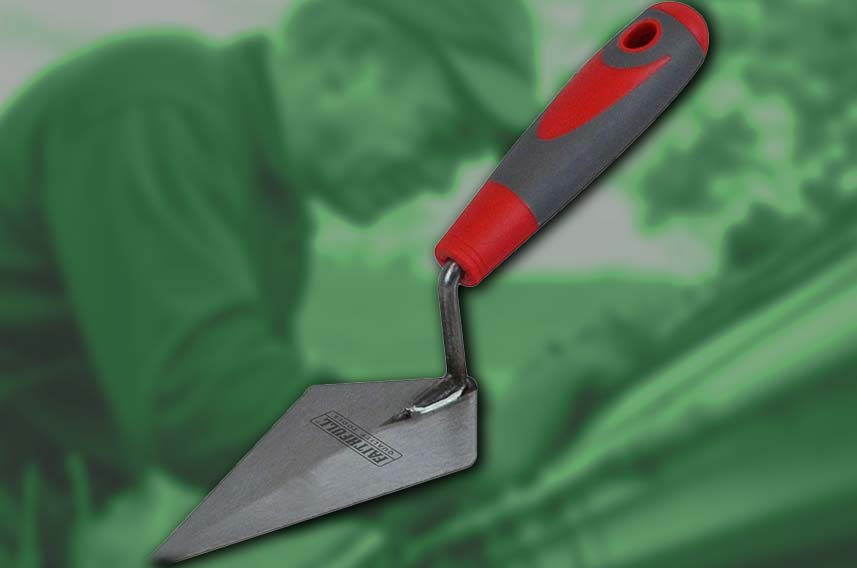
A small trowel or scoop is useful for removing leaves, twigs, and other debris from the gutters. This will make the job quicker and easier.
Bucket
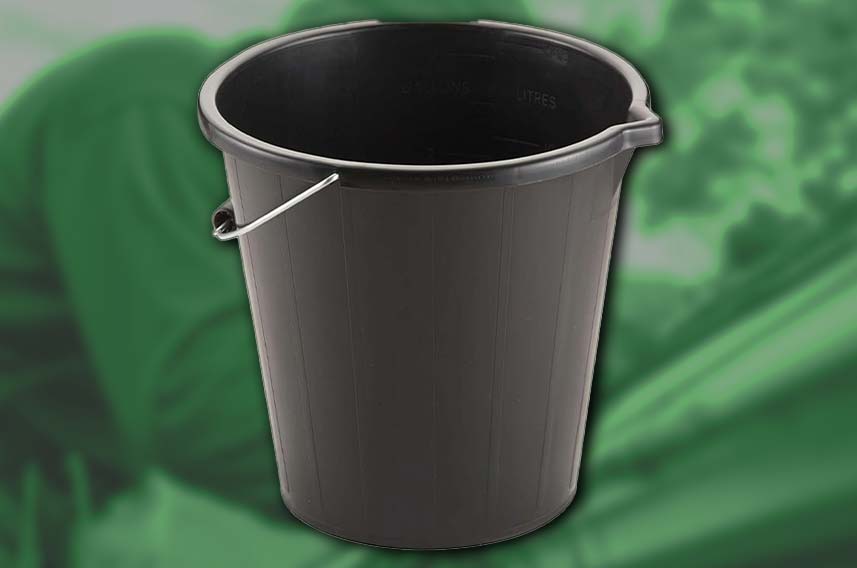
A bucket is handy for collecting the debris you remove.
This helps keep your work area tidy and makes disposal simpler.
Hose
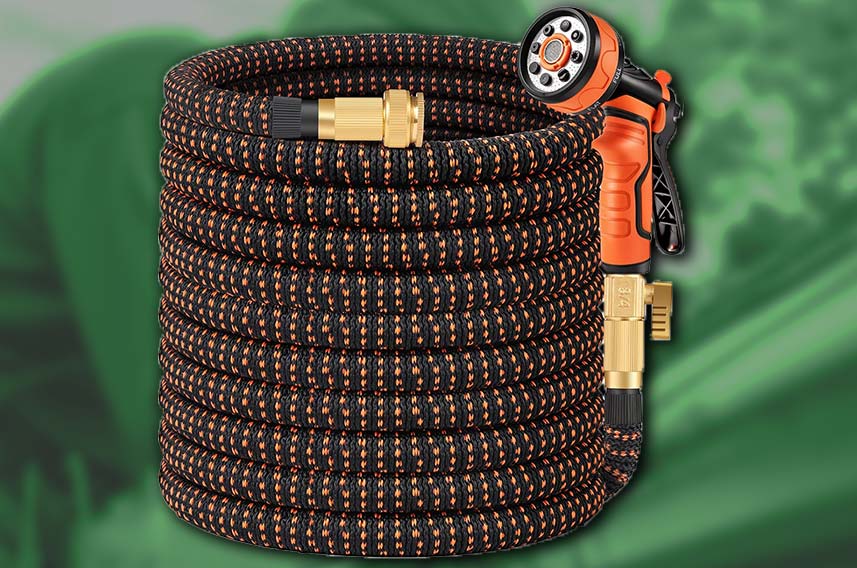
A garden hose is necessary for rinsing out the gutters once they are clear of debris.
Pressure Washer
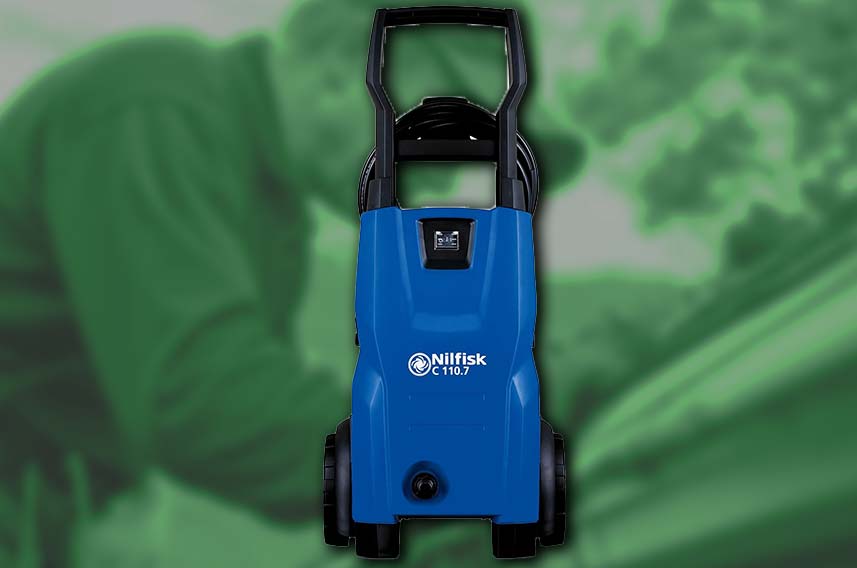
For a deeper clean, a pressure washer can be very effective in removing stubborn dirt and grime from the gutters and downspouts.
How to Clean Gutters Correctly
Cleaning your gutters may seem like a daunting task, but it’s essential for maintaining your home’s health.
Clogged gutters can lead to water damage, foundation issues, and even pest infestations.
Here’s a step-by-step guide on how to clean gutters correctly and effectively.
Prepare the Area
Start by preparing your work area.
Move any outdoor furniture or items that might obstruct your ladder or working space.
Ensure the ground is stable and free from debris to create a safe working environment.
Set Up Your Ladder Safely
Choose a sturdy ladder that can safely reach your gutters.
Position the ladder on a flat surface, ensuring it’s stable. If you’re using a step ladder, make sure it’s fully extended and locked in place.
A straight ladder should extend at least three feet above the edge of the roof for added safety.
If possible, have a friend hold the ladder while you work to provide extra stability.
Remove Debris
Once you’re on the ladder, put on your gloves.
Begin by removing debris from the gutters using your hands or a trowel.
Start at one end and work your way to the other, collecting leaves, twigs, and dirt.
Place the debris in your bucket for easy disposal later.
Be thorough in this step, as leaving debris can lead to future clogs.
Flush the Gutters
After removing the larger debris, take your garden hose and flush out the gutters.
Starting at the far end, run water through the gutter system to remove any remaining dirt and small particles.
This will also help check for proper water flow toward the downspouts.
Check and Clear Downspouts
Next, inspect the downspouts. Ensure water is flowing freely through them.
If you notice any clogs, use a plumbing snake or a trowel to remove the blockage.
You can also use the garden hose to force water through the downspout, which can help dislodge any stubborn debris.
Rinse Again
Once you have cleared the downspouts, rinse the gutters one more time with the hose.
This final rinse ensures they are completely clean and ready for the next rain.
Inspect for Damage
While cleaning, take the opportunity to inspect your gutters for any signs of damage.
Look for rust, holes, or loose sections.
Repair any issues you find to prevent further damage in the future.
How to Keep Safe Cleaning Your Gutters
Cleaning gutters can be hazardous if proper safety precautions are not taken.
Here are some essential tips to ensure your safety while performing this task.
Use a Sturdy Ladder
Always choose a sturdy, reliable ladder to reach your gutters.
Ensure it is tall enough to access the gutters without stretching.
A ladder should be placed on a flat, stable surface to prevent tipping.
If possible, use a ladder with rubber feet for added stability.
Have a Spotter
When cleaning gutters, it’s wise to have someone hold the ladder.
This provides extra support and stability, reducing the risk of accidents.
If you’re working alone, consider using a ladder stabiliser that can attach to your roof for added safety.
Wear Protective Gear
Wear heavy-duty gloves to protect your hands from sharp objects and debris.
Use safety goggles to shield your eyes from falling debris.
Long sleeves and sturdy shoes are also recommended to protect your skin and prevent slips.
Avoid Overreaching
While on the ladder, avoid overreaching.
Move the ladder as needed instead of leaning too far.
This will help prevent falls and maintain your balance.
Be Aware of Your Surroundings
Keep an eye out for nearby power lines.
Maintain a safe distance from them while setting up your ladder and cleaning.
Finally, be cautious of any slippery surfaces, especially if it has rained recently.
How Often Should you Clean Your Gutters
Cleaning your gutters regularly is crucial for maintaining their functionality and protecting your home.
The frequency of cleaning depends on several factors, including your location, the surrounding environment, and the type of trees nearby.
General Recommendation
For most homeowners, cleaning gutters at least twice a year is a good rule of thumb.
The ideal times to clean are in the spring and fall, as these seasons often bring more debris from trees.
Tree Coverage
If your home is surrounded by many trees, you may need to clean your gutters more frequently.
In such cases, consider cleaning them every three to four months.
This will help prevent clogs caused by fallen leaves and twigs.
Weather Conditions
Regions that experience heavy rainfall or strong winds may require more frequent cleaning.
After severe storms, it’s wise to inspect and clean your gutters to ensure they are free from blockages.
Gutter Type
Some gutter systems are designed to handle debris better than others.
If you have a covered gutter system, you might clean less often, as these can reduce the amount of debris that enters your gutters.
How to Protect Your Gutters from Damage
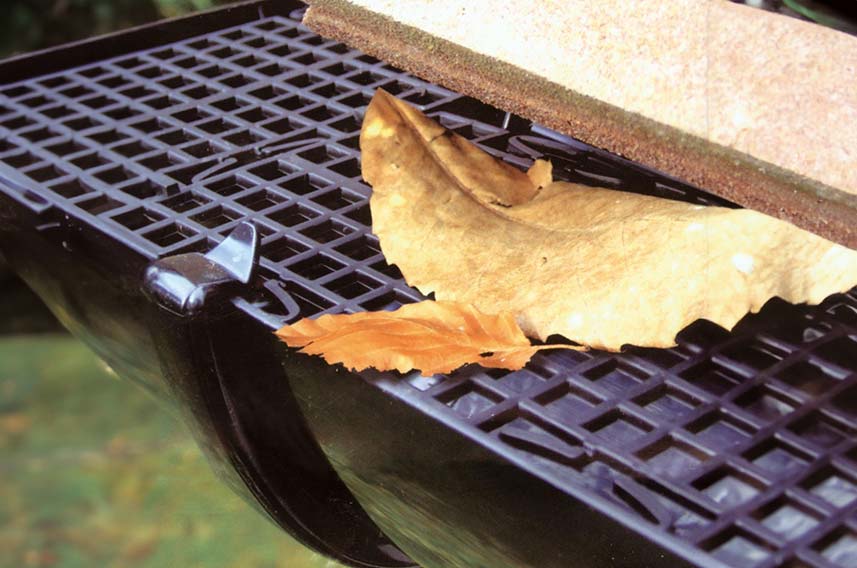
Protecting your gutters is essential for ensuring their longevity and maintaining your home’s integrity.
Here are several effective strategies to help you prevent damage:
Install Gutter Guards
Gutter guards are an excellent investment.
They keep leaves and debris out while allowing water to flow freely.
This significantly reduces the frequency of cleaning and helps prevent clogs.
Trim Nearby Trees
Regularly trim trees near your home to prevent branches from dropping into your gutters.
Keeping trees trimmed also helps reduce the amount of debris that falls during storms or windy days.
Ensure Proper Pitch
Check that your gutters are correctly pitched.
A proper slope allows water to flow toward the downspouts, reducing the risk of standing water that can lead to rust or sagging.
Seal Leaks Promptly
Inspect your gutters regularly for leaks or holes.
Use a silicone sealant or gutter caulk to seal any gaps you find.
Prompt repairs will prevent further damage and save you money in the long run.
Regular Inspections
Make it a habit to inspect your gutters at least twice a year.
Look for signs of wear or damage, and address any issues immediately to ensure your gutters function properly.
Conclusion
You should now have the knowledge of how to clean gutters correctly and safely.
Cleaning your gutters is an essential part of home maintenance.
By following the steps outlined in this guide, you can ensure your gutters remain clear and functional.
Remember to prioritise safety while cleaning, and inspect your gutters regularly for any damage.
Protecting your gutters from debris and damage will save you time and money in the long run.
With proper care, your gutters will help keep your home safe from water damage for years to come.
For more information, or help with your cleaning and maintenance needs, get in contact with us at ECMS.
Request a Callback
Recent Posts
- 10 Common Saniflo Toilet Troubleshooting Solutions 01th Jul 2025
- Importance of Personal Hygiene at Work 01th Jun 2025
- How to Clean a Toilet Brush 01th May 2025
- How to Clean Painted Walls 01th Apr 2025
- How to Get Oil Stains Out of Carpet 01th Mar 2025
- How to Clean a Fridge and Remove Bad Smells 01th Feb 2025
- How to Get Coffee Stains Out of a Carpet 01th Jan 2025
- How to Clean Gutters Correctly 01th Dec 2024
- What is PAT Testing? 01th Nov 2024
- How to Clean an Oven 01th Oct 2024


